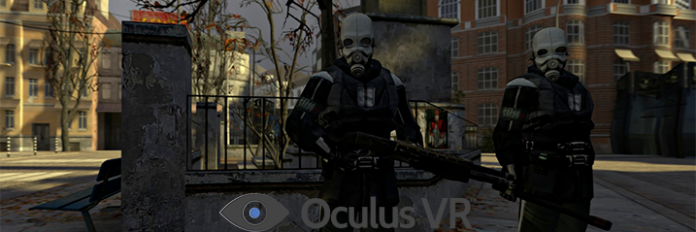After decades with a nearly linear development of batteries we may finally have climbed the threshold for a new generation of superbatteries. Scientists at University of Illinois have developed microbatteries many times more efficient than current technology – and they charge up to 1000 times faster.
For powering a device without a direct connection to a power outlet – no matter if it is an antenna, a computer, a laser or even a Duracell bunny – there are currently only two feasible sources of power; batteries, capacitors or a combination of the two. Batteries can carry a lot of charge and store it for long periods of time, but the output is limited and recharging them takes a long time.
A capacitor on the other hand can output a lot of power really fast (many particle accelerators uses giant capacitors that are charged in night time and then exhausted for a very short time frame during the experiments), but can take a long time to charge and doesn’t hold the charge for long. The balancing of output and capacity have been hard to master and have limited the amount of time you can use a portable device, how it can be designed and for how long you can actively use it in one sitting. This, an the eternal thorn in the side of having to charge the device for long periods of time afterwards is what scientists at University of Illinois are trying to fix with a whole new way of building lithium ion batteries.
Quick charging electrodes and efficient use of surfaces
They call their solution thee-dimensional bicontinuous nanoporous electrodes. They started with an existing technology using quick-charging anodes, said William P. King and James Pikul. That is the positively charged electrode of a battery that attracts anions, negatively charged ions. They continued by constructing a matching cathode, that is the negatively charged electrode that attracts cations; positive ions.
“High-performance miniature power sources could enable new microelectronic systems. Here we report lithium ion microbatteries having power densities up to 7.4 mW cm−2 μm−1, which equals or exceeds that of the best supercapacitors, and which is 2,000 times higher than that of other microbatteries. Our key insight is that the battery microarchitecture can concurrently optimize ion and electron transport for high-power delivery, realized here as a three-dimensional bicontinuous interdigitated microelectrodes. The battery microarchitecture affords trade-offs between power and energy density that result in a high-performance power source, and which is scalable to larger areas.”
The ace up their sleeves and what really makes this as impressive as it sounds is the structure of the anode and cathode. They are built on a microscopic scale and overlap each other in a pattern that creates a maximal use of the shared surface. As a consequence there is a bigger surface across which the ions and electrons flow, and the flow itself is a lot faster than through a traditional battery. In combination with the already quick-charging electrodes the scientists managed to build battery cells that charges 1,000 times faster than traditional batteries.
Dreams of a new generation of battery technology
A thousand times faster may sound like an estimated number, but they are quite confident this is very much true. A obvious result of this would be mobile phones and computers that charge in seconds or minutes, instead of hours or even days. It is not just the charge times that have taken a leap forward with this technology, but the battery cells can store up to 30 times more energy at the same battery volume – or could be shrunk 30 times with the same output.
If the technology goes into mass production one can’t help let the mind wonder. The battery of a smartphone could be shrunk while maintaining the capacity, and integrated as a small component on the circuit board, instead of making up a large portion of the volume of the entire phone – and charge in seconds! Add to this the research on graphene and its impressive properties; we see possibilities that were not even imaginable a few years back.
An especially interesting implication of these numbers is that batteries can seriously start gaining on the output that is only offered by capacitors, perhaps even better. We may see antennas that reach 30 times longer than current antennas with modern capacitors.
“This is a whole new way to think about batteries. A battery can deliver far more power than anybody ever thought. In recent decades, electronics have gotten small. The thinking parts of computers have gotten small. And the battery has lagged far behind. This is a microtechnology that could change all of that. Now the power source is as high-performance as the rest of it.”
– William P. King, University of Illinois
The work is funded by The National Science Foundation and Air Force Office of Scientific Research, and tests are continuing to implement the technology in electronic equipment later this year. They can’t say when the technology might make it into the retail channel, but since it is attracting a lot of attention and investors it has a decent chance of improving our lives in a not too distant future.
The dissertation was published in Nature and can be found here.















